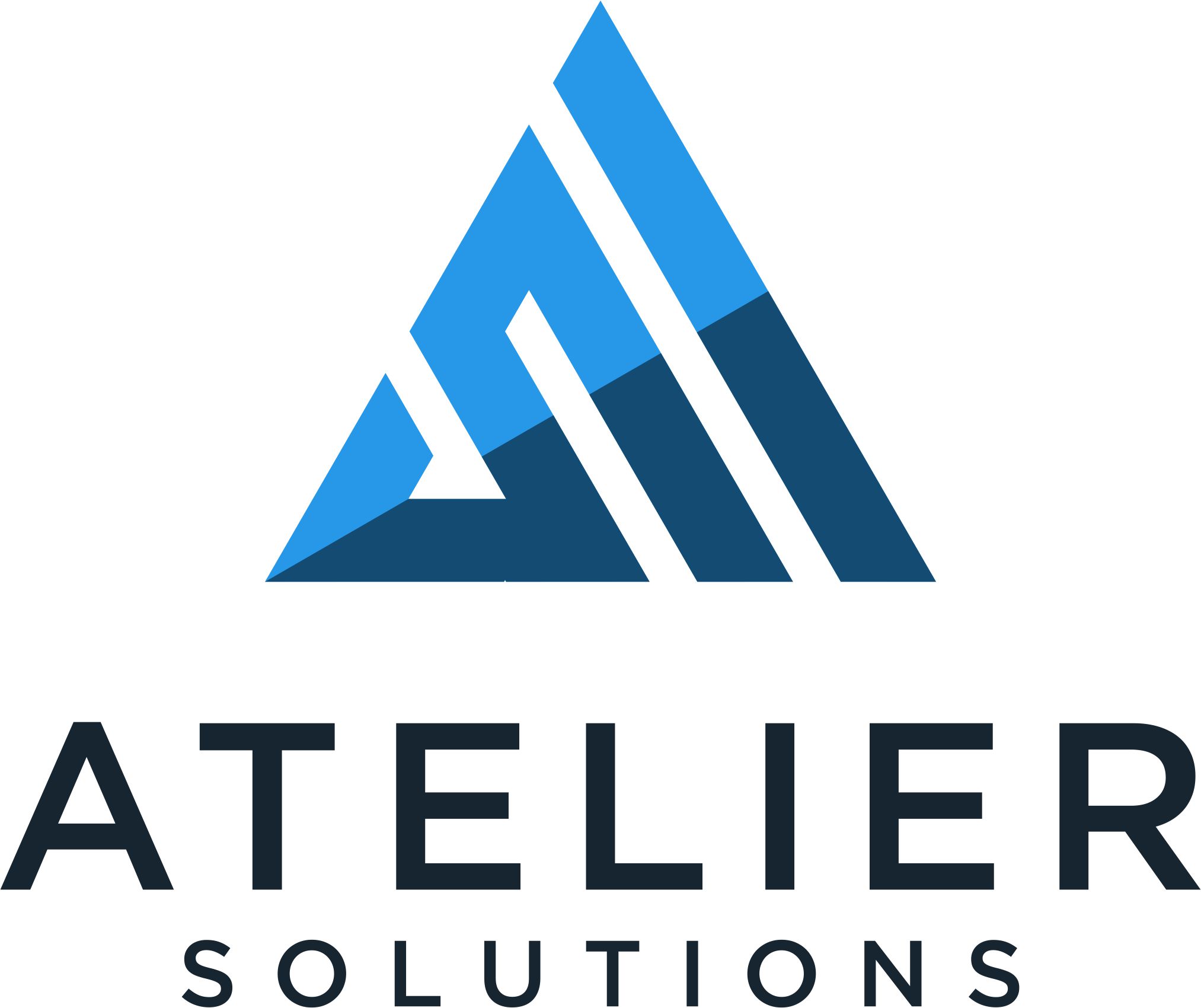Over the holiday weekend, I stumbled upon a post from Andereessen Horowitz on the Cost of Cloud. The focus is mainly on software-based SaaS companies, but I would argue it applies to more traditional businesses thinking about their own cloud migration story.
For SaaS companies, starting in the cloud makes perfect sense, it allows for very fast provisioning of resources allowing for rapid iterations to build a scalable company in a very short timeframe. This flexibility can be a very powerful advantage, however after a certain point, it can come with a very steep price tag eating up to 30-50% of the company’s margins even when purchasing commitment blocks. This is why Dropbox’s reverse migration from 2017 has always intrigued me. As a part of that reverse migration of repatriating to their own infrastructure, they managed to save close to $74.5m dollars off their cloud bill over two years.
More established companies, such as those in insurance and banking, tend to already have a pre-existing infrastructure, and are looking towards the cloud to not only reduce the time to market to deliver on their business offerings, but reduce their total operating expenses.
Here’s the thing, migrating everything to the cloud just shifts the cost from being a capital expense to an operational expense. You will pay a premium rate for the added flexibility, offsite management, and ease of use. Someone on your team still needs to manage the environment, just as you would before. Additionally, you will need to track your cloud spend to ensure costs don’t spiral out of control due to elastic instances being left on due to a dev team forgetting about it, or the resources were over-provisioned, underutilized, and not scaled down. There is a reason why stories of accidental bills exceeding several thousands to millions of dollars are common.
For one recent client, before I started, they weren’t tracking their spend on Azure which easily exceeded $1m/month. Part of the work I helped them with was establishing a developer portal enforcing per-developer resource allocation and proper tagging to ensure the costs can be broken down per group and per-customer. This allowed them to reduce their cost spend by forcing deprovisioning after a period of time for development resources and break down their bill by cost-center.
I’m not saying avoid the cloud. There are numerous benefits, and it can serve you well in a pinch. However, it is one of the tools in the proverbial toolbox. Especially as the concept of hybrid clouds are coming into vogue. It is great for turning ideas into solutions before investing in the requisite hardware, and it can give you plenty of elasticity, availability, and redundancy. You have an advantage unlike the current SaaS companies that started in the cloud in that your organization has pre-built most of the infrastructure the SaaS companies had off-loaded to the cloud providers.
My question to you is how best can you leverage it as a part of your modernization efforts?
If you’d like to discuss this or other aspects of your legacy migration, then let’s chat.

